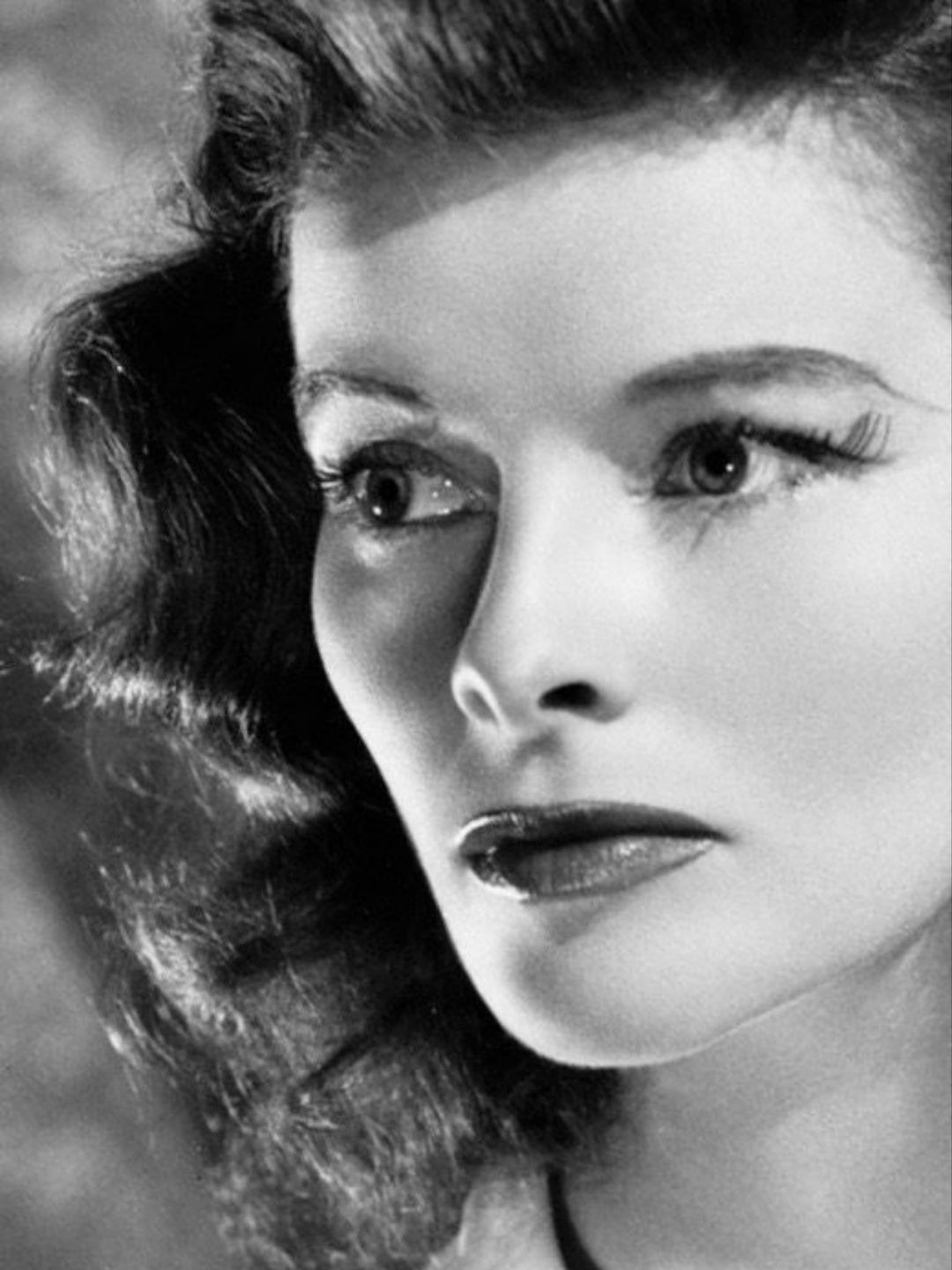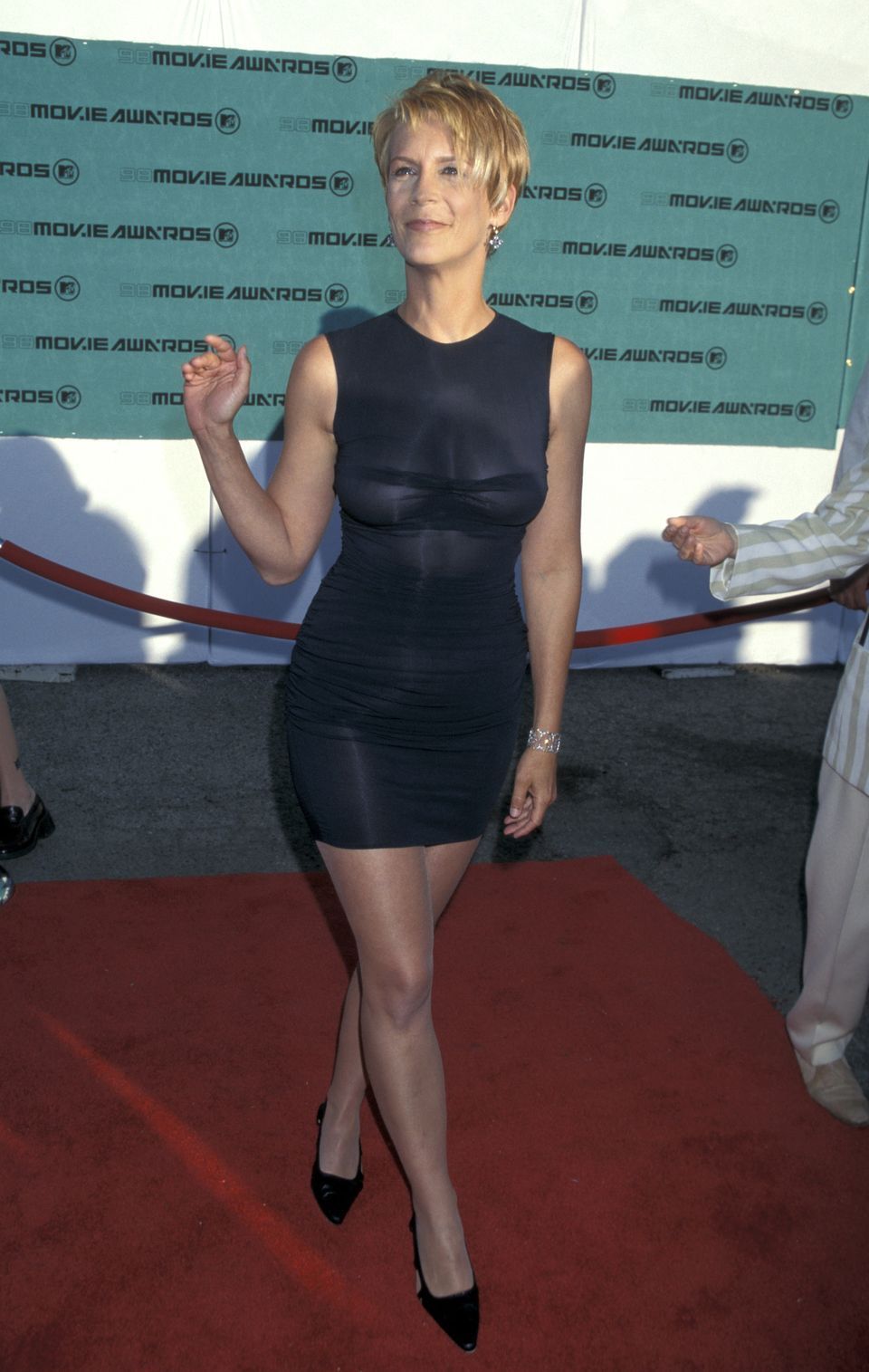No actress won more Oscars than she did: 20 years ago, one of the greatest stars of all time, Katharine Hepburn, passed away. However, not only her unique career remains unforgettable; she also led perhaps the most secret love affair in Hollywood to date.
With four Oscars—the only thing that counts for eternity in Hollywood—she is the most successful actress to date: Katharine the Great. On June 29, the anniversary of Katharine Houghton Hepburn’s (1907-2003) death will mark 20 years. The life of this Hollywood legend still resembles a captivating and fascinating film long after her death.
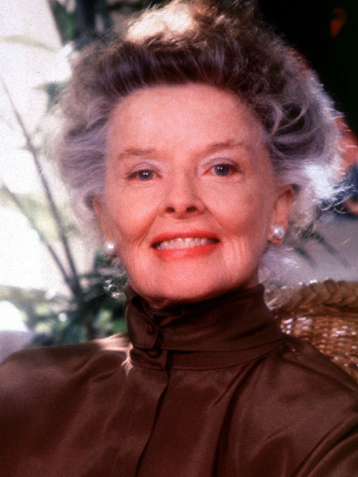
From Broadway to Hollywood The beginning of her acting career was genuinely challenging. After completing her studies in philosophy and history, she persuaded her less enthusiastic father to become an actress. However, Katharine spoke too quickly, often stumbled, and was sometimes barely understandable. This improved after intensive speech and dance lessons. By 1928, she secured significant theater roles on Broadway. Eventually, Hollywood noticed the slender young woman with the classic facial profile.
Katharine Hepburn did not arrive on the West Coast of California as a shy young woman from the cool East Coast. Even in New York’s theater scene, “the Tsarina,” as colleagues called her, stood out with her sharp tongue and authoritative demeanor. Actress Lucille Ball (1911-1989) said about the young Hepburn, “She wasn’t really arrogant to anyone. She ignored everyone equally.”
In Hollywood, the most significant center for actors worldwide, she proclaimed her egocentric motto: “If you only do what you have a mind to do, at least one person in the world is happy.” Already with her third film, “Morning Glory” (1933), she achieved the highest fame: the Oscar for Best Actress. But then, it became quiet.

From Box Office Poison to the Greatest Star of All Time The emancipated Katharine, who convincingly embodied intelligent and independent women on the screen, was considered “box office poison.” Even the comedy “Bringing Up Baby” (1938) with Cary Grant (1904-1986), her partner and now a classic film, flopped. In response to her arrogant request to play Scarlett O’Hara in “Gone with the Wind” (1939), producer David O. Selznick (1902-1965) allegedly countered that he couldn’t imagine Clark Gable (1901-1960) chasing her for ten years.
As a result, Katharine Hepburn bought out of her contract with the RKO film studio and returned to Broadway. There, she immediately achieved tremendous success as the unapproachable high-society lady Tracy Lord in the comedy “The Philadelphia Story.” Hepburn secured the film rights, sold them to the leading Hollywood studio MGM, and dictated her conditions: the lead role for her, directed by her favorite director George Cukor (1899-1983), with co-stars Cary Grant and James Stewart (1908-1997). The film “The Philadelphia Story” (1940) became one of Hollywood’s greatest financial successes. From then on, she had largely free rein in Hollywood.
Katharine became the great female star, but not a sex symbol. Not a diva, but a virtuoso, a genuine star, probably the greatest of all time. She was rebellious, witty, very quick-witted, and despised the Hollywood trend of emphasizing female charms. She hated skirts, which she called “work clothes,” and preferred wearing pants. When the popular US journalist Barbara Walters (1929-2022) provocatively asked if she even owned a skirt, she replied that she did indeed have one, and she would wear it to Walters’ funeral…
With Spencer Tracy, she had Hollywood’s most secret love affair Hepburn had affairs, but she was not related to or related to the other great Hollywood star, the elfin Audrey Hepburn (1929-1993), at least none are known. Her marriage to stockbroker Ludlow Ogden Smith (1899-1979), whom she met during her studies, ended in divorce in 1934 after six years. Afterward, she spent several years with the eccentric aviation pioneer, entrepreneur, and film producer Howard Hughes (1905-1976). She chose to forgo having her family throughout her life, according to her motto: “Only when a woman decides not to have children can she live like a man. That’s exactly what I did.”
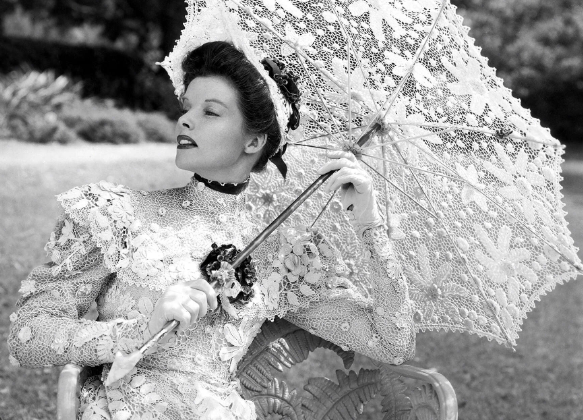
In everyday life, she walked around without makeup and in jeans. Glamour and fame were not to her liking, and she didn’t even like going to restaurants. She managed to keep her private life, which certainly existed, a well-guarded secret. In 1941, she secured Spencer Tracy (1900-1967) for the male lead in the film “Woman of the Year.” Although he wasn’t the most handsome in Hollywood at the time but rather the “gruff old man” type, he was considered a brilliant actor and an equal partner. During the filming, they became a couple.
It is another fascinating secret that this relationship, though known in gossip-hungry Hollywood, never becomes public. Spencer Tracy and Katharine Hepburn go on to make eight more films together and remain a secret couple for a total of 26 years. There are no shared private photos, they never have a common residence, on trips, they stay in separate hotel rooms, and in public, they never appear together.
The reason for this secrecy: Spencer Tracy is already married – and a devout Catholic. He officially lives with his wife, theater actress Louise Treadwell (1896-1983), and two children, and divorce is out of the question for him.
Katharine Hepburn puts her career on hold. Katharine Hepburn later says, “I loved Spencer Tracy. Only his interests and needs counted. It wasn’t easy for me because I was a decided egotist.” Only much later does she explain, “Men and women don’t really fit together. They should just live next to each other and visit occasionally.”
This long-distance coexistence is anything but easy. Tracy is heavily addicted to alcohol and is increasingly becoming sicker. Hepburn puts her own career on hold for five years to care for and support her life partner.
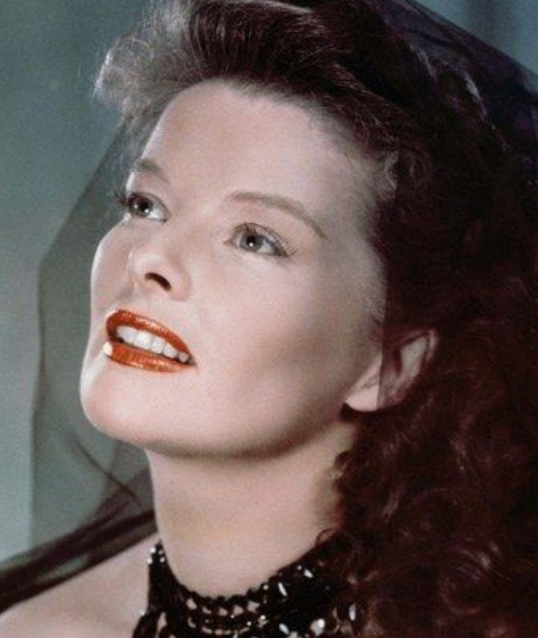
17 days after the filming of “Guess Who’s Coming to Dinner?” (1967), Tracy dies on June 10, 1967, at the age of 67 from heart failure. After his death, Katharine Hepburn speaks to his widow for the first time but does not attend the lover’s funeral out of consideration for the wife. A few months later, she receives her second Oscar for her female lead role in their final film together.
An icon of another Hollywood The following year, she receives the third Oscar for her magnificent role as medieval Queen Eleanor of Aquitaine in “The Lion in Winter” (1968). She wins her fourth Oscar in 1981 at the age of 73 for the wonderful aging melodrama “On Golden Pond” alongside Henry Fonda (1905-1982).
Katharine Hepburn has become an icon of another Hollywood, not the loud and flashy one, but the quiet, empathetic, and intelligent one, equally beloved and respected by both the audience and critics. She dies on June 29, 2003, at the age of 96 from cancer. On her death day, the entire Broadway in New York is completely darkened for a minute. Her star continues to shine to this day.






